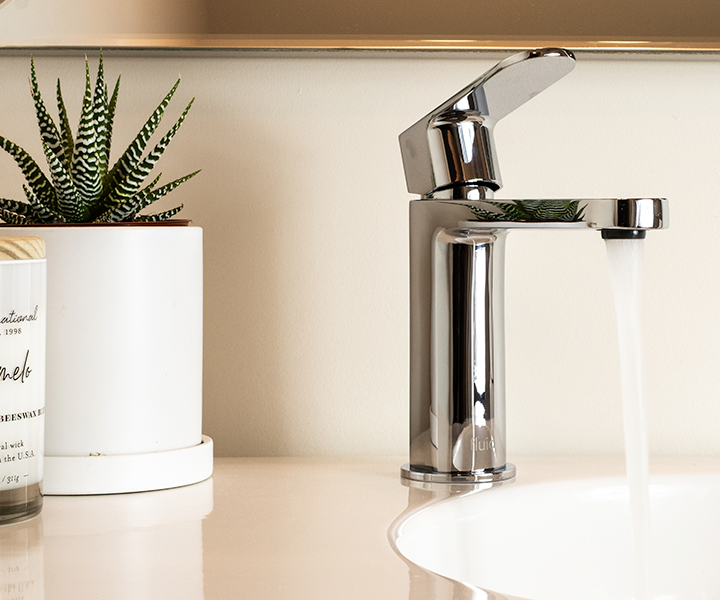Choosing between single and double bathroom faucets can significantly affect both the functionality and appearance of your bathroom. From the size of your vanity to your daily routine and design preferences, several factors determine which faucet setup is best for your space. Here’s what you need to consider before making your decision.
Understanding the Basics
What Is a Single Faucet?
A single faucet, or single-handle faucet, combines hot and cold water controls into one lever. This design offers a minimalist look and is common in modern or small bathrooms.
What Is a Double Faucet?
A double faucet, or two-handle faucet, separates hot and cold water controls. These are typically found in more traditional settings and offer greater control over water temperature and flow.
Space and Sink Size Matter
Small Spaces Favor Single Faucets
In bathrooms where space is limited—such as powder rooms or guest baths—a single faucet takes up less countertop space. It also allows for more compact vanity designs.
Larger Vanities Can Accommodate Double Faucets
If you have a wider vanity or a double sink setup, dual faucets can enhance usability and aesthetics. Each user can control their own water temperature and pressure, which is convenient in shared spaces.
Style and Design Considerations
Minimalist vs. Classic Aesthetics
Single faucets tend to look sleeker and more modern, with clean lines and fewer components. Double faucets often appear more traditional and ornate, fitting well with vintage or farmhouse-style bathrooms.
Faucet Material and Finish
Regardless of the configuration, choose finishes that match your overall bathroom decor. Popular options include chrome, matte black, brushed nickel, and gold tones. Matching the faucet to other hardware like towel bars and cabinet handles can create a cohesive look.
In many upscale remodels, homeowners turn to Vasca Design bathroom faucets for their blend of contemporary form and reliable functionality. With both single and double options available, their collections offer choices that suit a range of bathroom layouts and design styles.
Functionality and User Experience
Ease of Use
Single-handle faucets are often easier to operate, especially for children or those with limited mobility. Adjusting water temperature and pressure is more intuitive with one control.
Precision and Control
Double-handle faucets provide more precise control over hot and cold water, making them a preferred choice for those who like to fine-tune their temperature settings.
Installation and Maintenance
Installation Complexity
Single faucets are typically easier and faster to install because they require only one hole in the countertop or sink. Double faucets need at least three holes, which may not be compatible with all sinks or vanities.
Ongoing Maintenance
Fewer parts usually mean fewer things that can go wrong. Single faucets may require less maintenance over time, although both types can last for years with proper care.
Water Efficiency and Flow
Eco-Friendly Considerations
Both single and double faucets can be equipped with aerators and flow restrictors to conserve water. Some modern single-handle faucets also feature motion sensors or touchless activation, which further enhances efficiency.
Conclusion
The choice between single and double bathroom faucets depends on your space, style, and preferences. Single faucets offer simplicity and a modern feel, making them ideal for small or minimalist bathrooms. Double faucets provide greater temperature control and suit traditional designs or shared vanities. By weighing your layout, functionality needs, and design goals, you can select the faucet that perfectly complements your bathroom.

